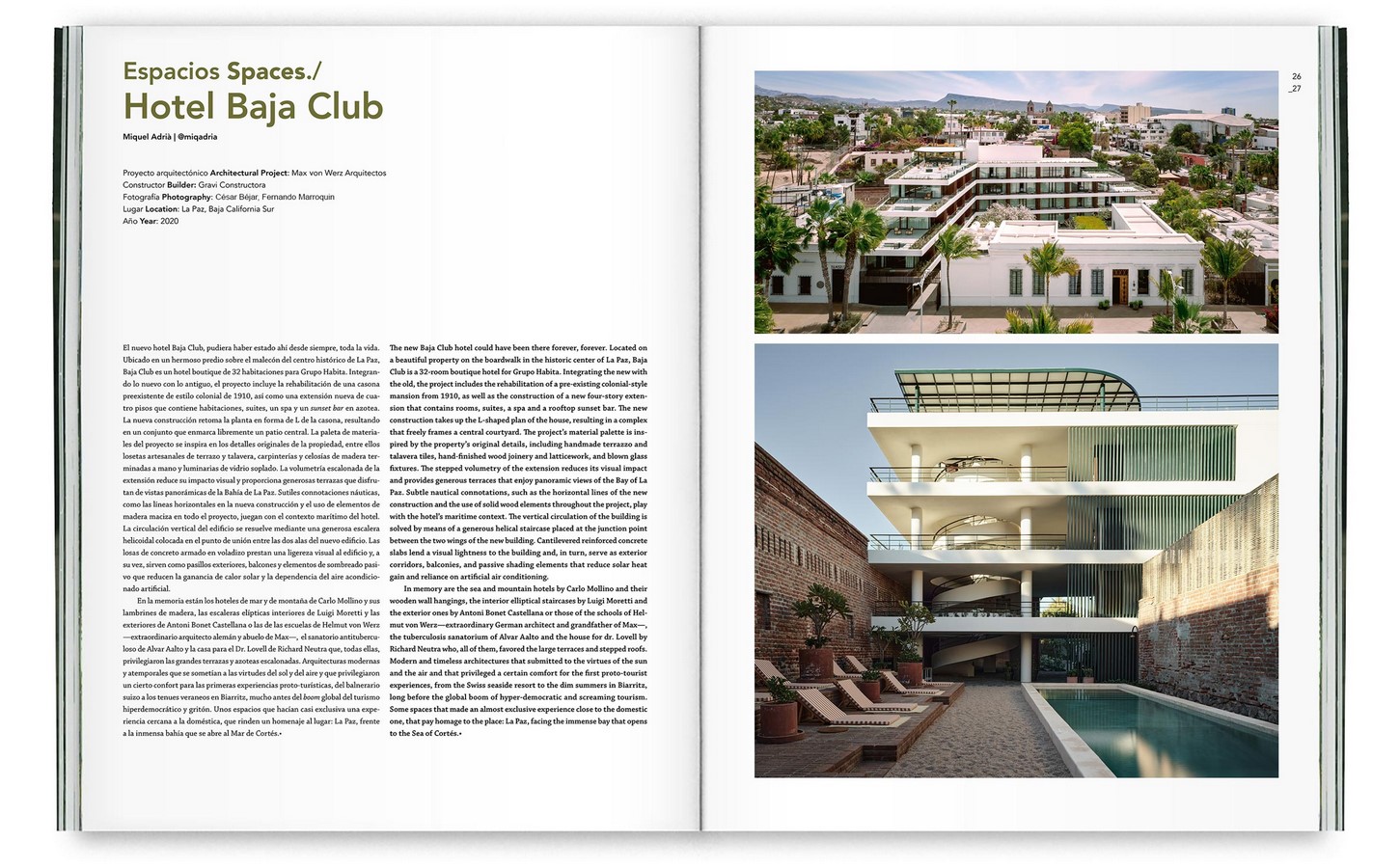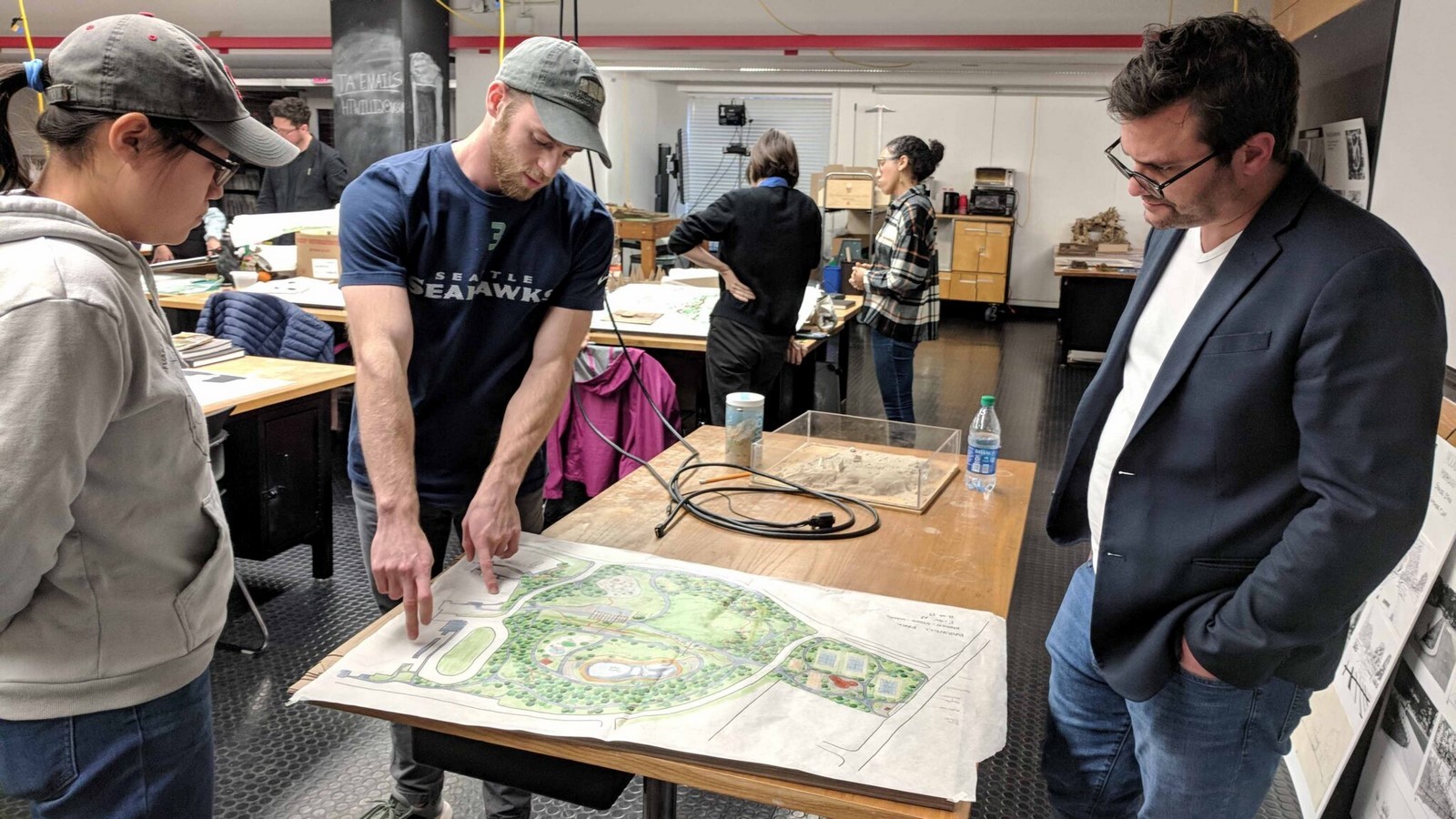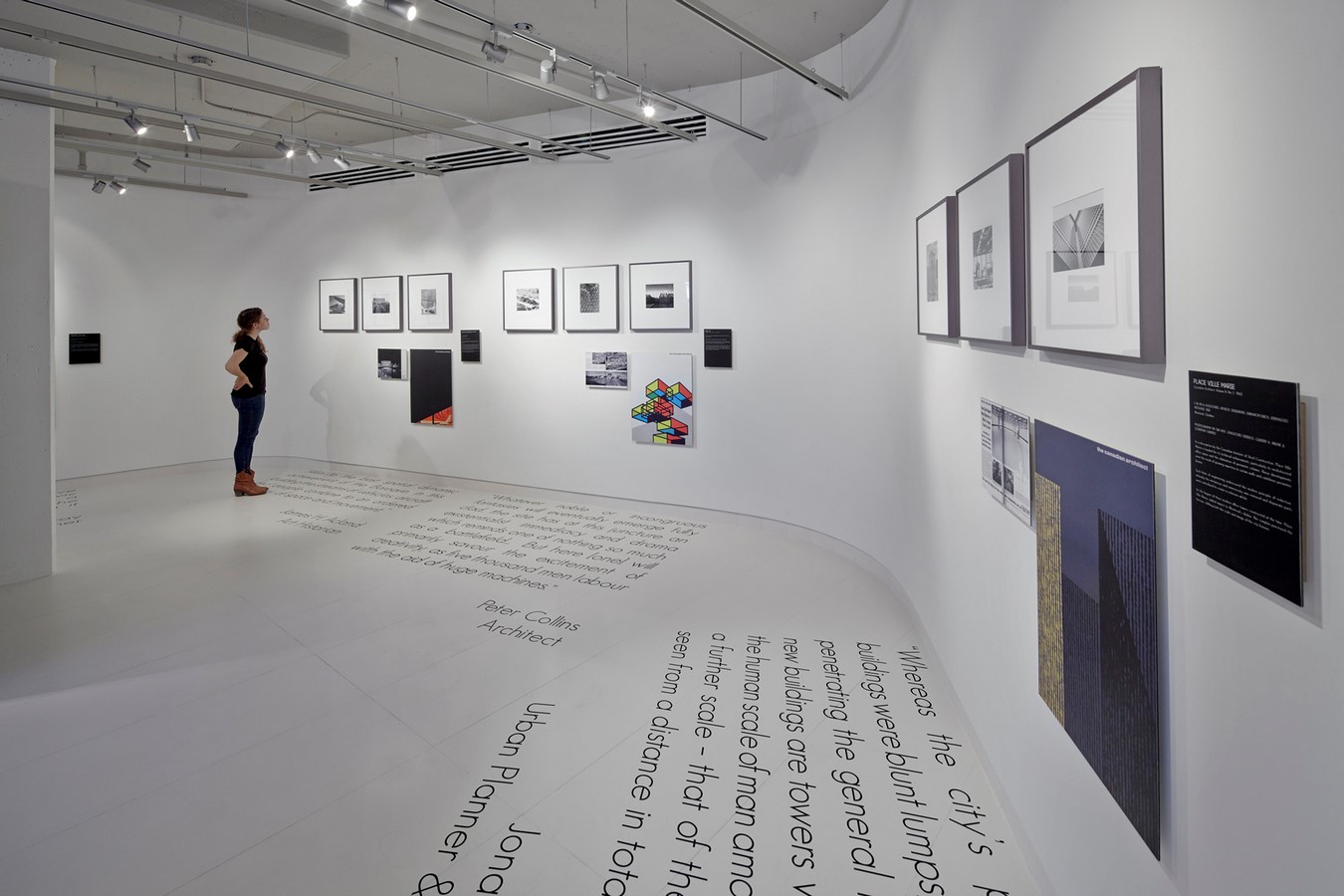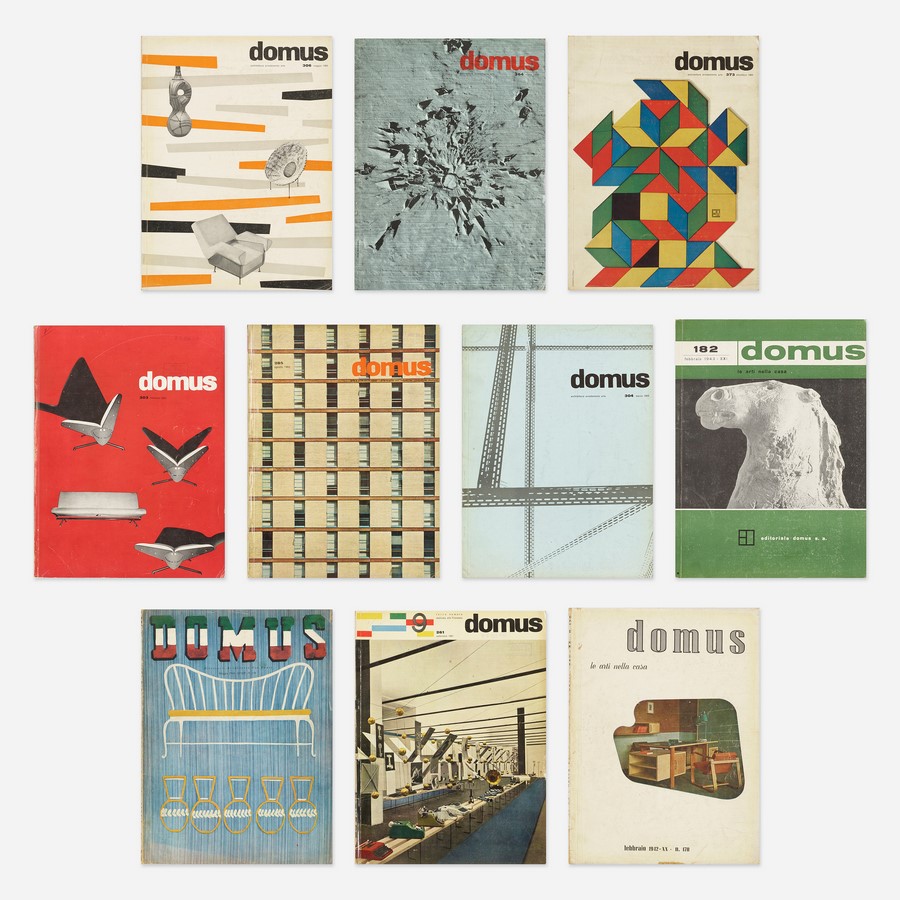“Architectural writing should aid everyone’s understanding of buildings and assist architects to design better ones.” – Alan Berman an AJ Writing prize judge pointed out on ‘What makes good Architectural Writing’.
Architecture Journalism aims to increase awareness around the buildings that affect our lives and proposes a method to communicate our feelings towards architecture while also affecting the future of designing buildings to some extent.The collaboration of Media and Design Professionals ensures that the visual and written elements complement each other to convey the intended message to the audience. It not only assists in a better understanding of Design but also gives it the deserving recognition.

Concept Development and Content planning

The collaboration of Media and Design professionals begins right from the conceptual stage. They come together to brainstorm ideas and discuss the project’s goals, objectives, and target audience. Exchanging ideas explores different approaches to communicating the intended message effectively. Once the concept is finalised, the architectural journalists research and write the content according to the discussion. Meanwhile, the design team starts planning the visual aspects—regular communication and coordination help align the content and design elements.
Project Documentation

Architectural journalists sometimes work with architects to interpret, and document completed architectural projects. Through site visits, interviews, and research, they gain insights into the design process, the architect’s vision, and the experiential qualities of the space. The editorial team then creates written content that captures the essence of the architectural design, conveying its intended narrative and providing readers with a deeper understanding of the space. It simplifies the technicalities of the project in concise words. This written content is published in magazines, journals, books or online platforms to make it available to the audience.
Design Criticism

An architecture critic analyses and criticises buildings, public spaces, and urban frameworks and sets a dialogue on architectural trends, controversies, and upcoming designs. They collaborate with architects by conducting interviews, reviewing project documentation, and visiting completed buildings. Through these interactions, editorial writers gain insights from architects, helping them understand the design intent and context of the project, which can be incorporated into their analysis. They then study the architectural projects concerning design concepts, functionality, and impact on the built environment. They also communicate with users of the space, which leads to 360-degree feedback. In this way, architecture journalism helps understand the impact of architecture and design.
Design Competitions and Exhibitions

Architects often participate in design competitions, which may require explanatory written content, design statements, and architectural design proposals. Collaboration with the editorial writers helps architects to articulate their design concepts effectively. It ensures that the project’s design intent, contextual relevance, and innovation are communicated clearly, increasing its chances of winning. Interpretative text, along with the exhibits, are required for an insightful exhibition. Architecture journalists may collaborate with Architects and designers to provide written narratives, labels, and information that provide context to the project, explain the design proposal, and engage the audience deeper. Integrating written content with spatial design elements may create a more cohesive and immersive experience.
Branding and Marketing
Editorial and architectural design professionals collaborate in developing branding and marketing materials for architectural firms or specific projects. The architectural journalists assist in crafting brand narratives, mission statements, and project descriptions that align with the architectural design and resonate with the target audience. The design team ensures that the visual elements, such as logos, colour schemes, and graphic design, support the written content and create a cohesive brand identity.
Expanding Content Outreach
Connecting Design professionals and introducing their creative ideologies to the larger society is essential for fostering a creative and sensitive approach. Editorial writers aid in communicating visual designs through words so that each of its aspects is truly understood. They provide insight into worldwide trends, developments in architecture and design, and the opportunity to gather valuable research.
When required, they can cater for a specific audience. The magazine Domus for example, has been curated for Architects and Designers. It is clean, structured and printed on high-quality thick paper to make it feel luxurious.

Marc Neveu, the Executive Editor of the Journal of Architectural Education, articulated, “I always use the example: if you’re a painter and have a hundred paintings in your house, and you want to go for tenure, it doesn’t matter. If those hundred paintings, however, were in a solo exhibition and were reviewed in the New York Times, it matters.” The intersection of architectural journalism and architects is essential for effectively communicating architectural ideas, fostering critical dialogue, and shaping the discourse around the built environment. Through open communication, mutual respect, and a shared understanding of the project goals, these professionals can merge their expertise to produce compelling media pieces that resonate with the audience. By combining their expertise in writing and design, they can contribute to a deeper understanding and appreciation of architecture within the profession and the wider public.
References:
Vasundhara Aggarwal.In Conversation With Marc Neveu, Executive Editor of the Journal of Architectural Education, On Practice, Pedagogy, And Diversity27 Oct 2018. ArchDaily. Accessed 12 May 2023Available at :<https://www.archdaily.com/904647/in-conversation-with-marc-neveu-on-practice-pedagogy-and-diversity> ISSN 0719-8884
Jorg HenselerDesign and marketing: Intersections and challenges.8 May 2020.Wiley Online Library.Accessed 12 May 2023.Available at:https://onlinelibrary.wiley.com/doi/full/10.1111/caim.12412
Citations for Images:
1_Intersection of Editorial and Design_© Vecteezy
2_Concept Development_©Steelcase
3_Project Documentation_©Arquine Magazine Spread-Max Von Werz
4_Critique day in an Architecture Studio_©Christine Klocke
5_Architecture Gallery_©Architizer Journal
6_Domus Architecture Magazine_©Wright Auction

















